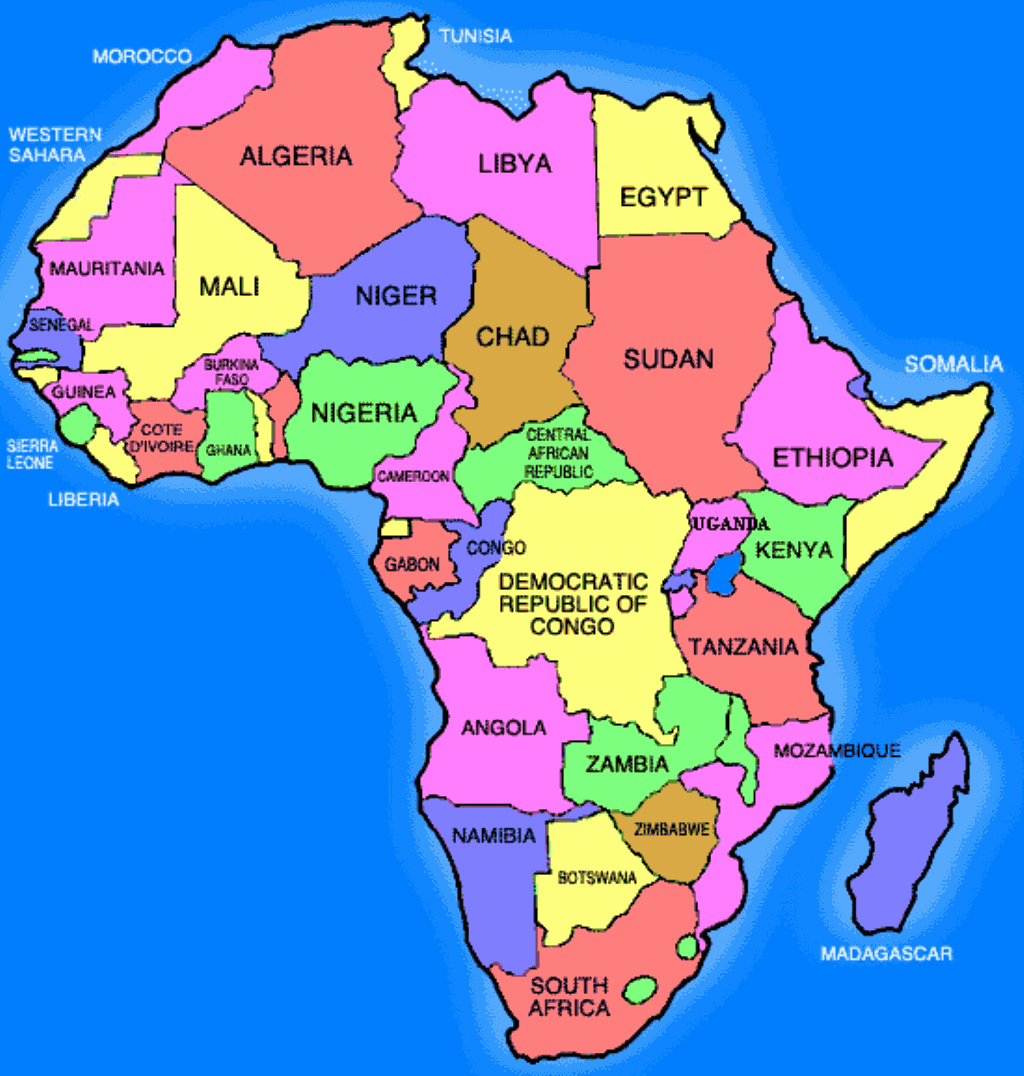Africa is often depicted as a vast mosaic of beauty and resilience, where the indomitable spirit of its inhabitants coexists harmoniously with nature. Among these inhabitants are the Women of the Trees, a vibrant and courageous collective of women who embody the teachings of the Bahá’í Faith. These remarkable individuals stand as guardians of biodiversity and stewards of life, intertwining their destinies with the environment. Their role in the safeguarding and nurturing of trees extends beyond mere ecological considerations, drawing deeply from the wellspring of Bahá’í teachings.
The teachings of the Bahá’í Faith emphasize the oneness of humanity and the interconnectedness of all life forms. This is poignantly echoed in the actions of Africa’s Women of the Trees, who operate under the cornerstone principle of unity in diversity. Through their tireless efforts in afforesting barren lands and promoting sustainable agricultural practices, these women mirror the Bahá’í belief that each individual has a vital role in the tapestry of life. Herein lies an intriguing metaphor: just as a tree’s roots intertwine underground, supporting not only itself but also the surrounding flora and fauna, so do these women connect disparate communities in their shared purpose of ecological preservation.
At the heart of their mission is a profound understanding that the health of the environment is intimately tied to the well-being of society. Trees, often called the lungs of the earth, serve as vital allies in combating climate change, erosion, and desertification. To nurture a tree is to cultivate life; to protect the earth is to forge a future for the next generation. In this arena, the teachings of Bahá’u’lláh resonate powerfully. He advocated for the preservation of the natural world as an integral aspect of moral and spiritual development. The Women of the Trees embody this teaching through their commitment to environmental stewardship, reaping the rewards not only for themselves but for their entire communities.
Moreover, the concept of collective responsibility is of paramount importance in the Bahá’í teachings. This tenet is exemplified by the cooperative nature of the Women of the Trees. United in a common cause, they share the fruits of their labor while nurturing a bond that transcends ethnic and cultural barriers. Leadership among them may not always flow from a singular source; rather, it is a dynamic interplay of ideas and actions. This deliberate practice of inclusivity echoes the Bahá’í belief that progress is only achievable when every voice matters. Their success stories abound, illustrating how a multitude of voices can lead to innovation in conservation techniques and sustainable practices.
The Women of the Trees also serve as pivotal educators in their communities, champions of both environmental awareness and gender equity. They leverage local knowledge and folklore, incorporating traditional values with modern conservation science. In doing so, they create a rich tapestry of educational outreach that galvanizes communal action. This interweaving of tradition and modernity reflects another core Bahá’í principle: the harmony of science and religion. By fostering an understanding of ecological systems alongside spiritual values, they invite a holistic approach to environmental challenges.
The impact of the Women of the Trees extends beyond environmental considerations; it encapsulates socio-economic empowerment. Their initiatives have inaugurated new pathways for income generation. Through agroforestry and sustainable farming practices, these women have discovered lucrative markets for organic produce. In this sense, they invigorate local economies while simultaneously mitigating poverty—a perfect manifestation of the Bahá’í principle of the elimination of extremes of wealth and poverty. The results are transformative; households flourish, children are educated, and communities thrive.
Importantly, the narrative surrounding the Women of the Trees also invites reflection on the role of women in leadership and stewardship. Historical narratives in many societies have frequently marginalized women’s contributions in ecological conservation. However, the Women of the Trees challenge this status quo, embodying a burgeoning global recognition of women as pivotal agents of change. Through their leadership, these women embody confidence and resilience, revealing that nurturing the earth is not only a communal duty but also a clarion call to recognize the leadership and capabilities inherently present in women.
Their journey may have begun with humble acts of planting saplings, yet it has burgeoned into a movement of profound implications. They emerge as contemporary avatars of guardianship, resembling the ancient figures embedded in folklore—imbued with wisdom and empathy. The trees they nurture become more than mere organisms; they transform into living symbols of hope and renewal, much like the Bahá’í teachings surrounding the essence of rebirth and spiritual renewal.
In conclusion, the Women of the Trees profoundly illustrate the synergy between faith and environmental stewardship. By embracing the Bahá’í principles of unity, collective responsibility, and the harmony of science and religion, they extend their influence from local communities to global movements. Their story is one of resilience and empowerment, echoing across the expansive landscapes of Africa, reminding humanity that the preservation of nature is inexorably linked to the ideals of justice, equality, and holistic development. As guardians of life, these women beckon us to recognize our own roles in nurturing the world around us—inviting every being to partake in the ongoing story of life and continuity, much like the trees themselves, which anchor us to the earth and sky.
